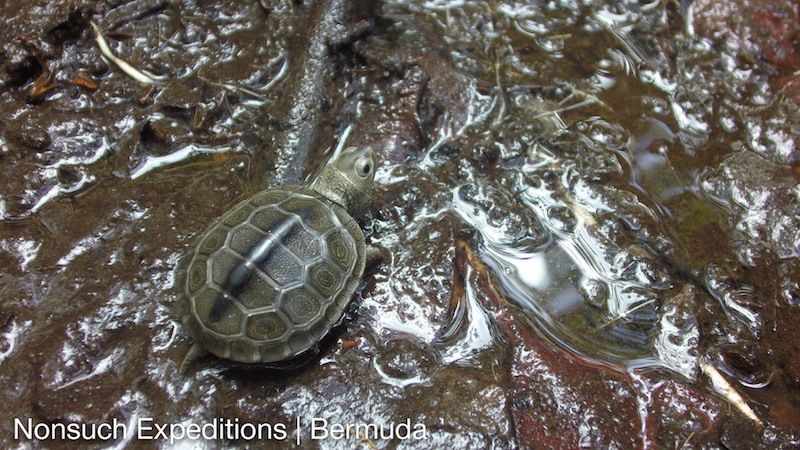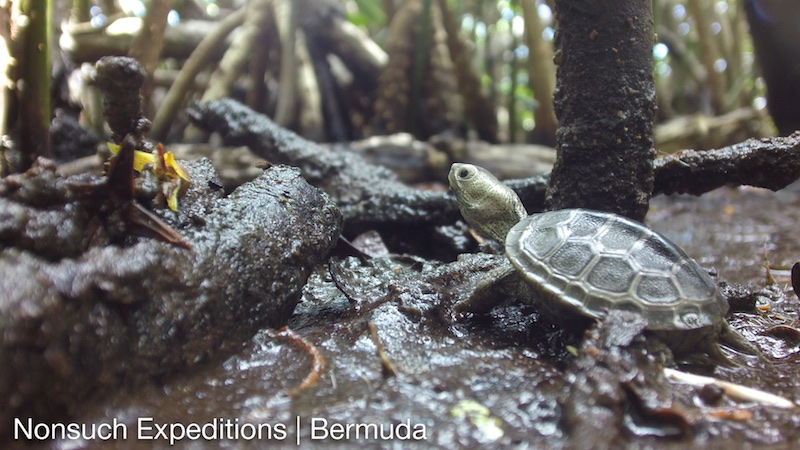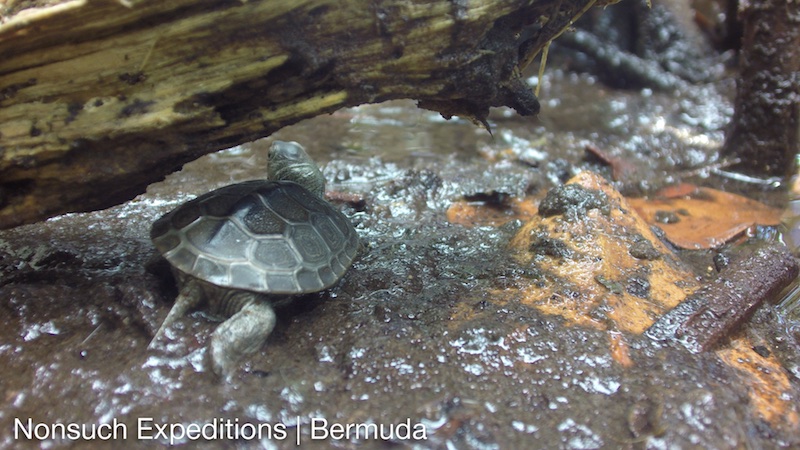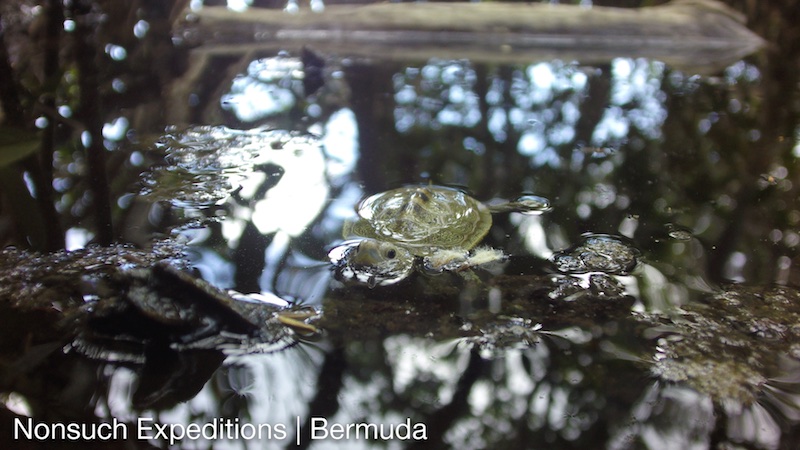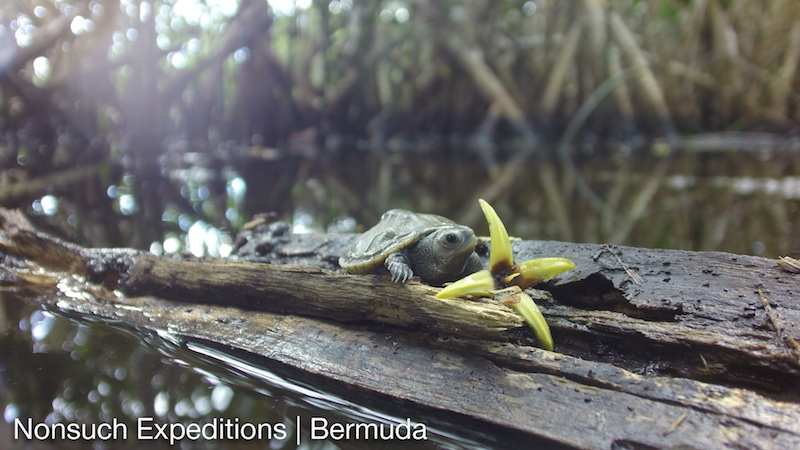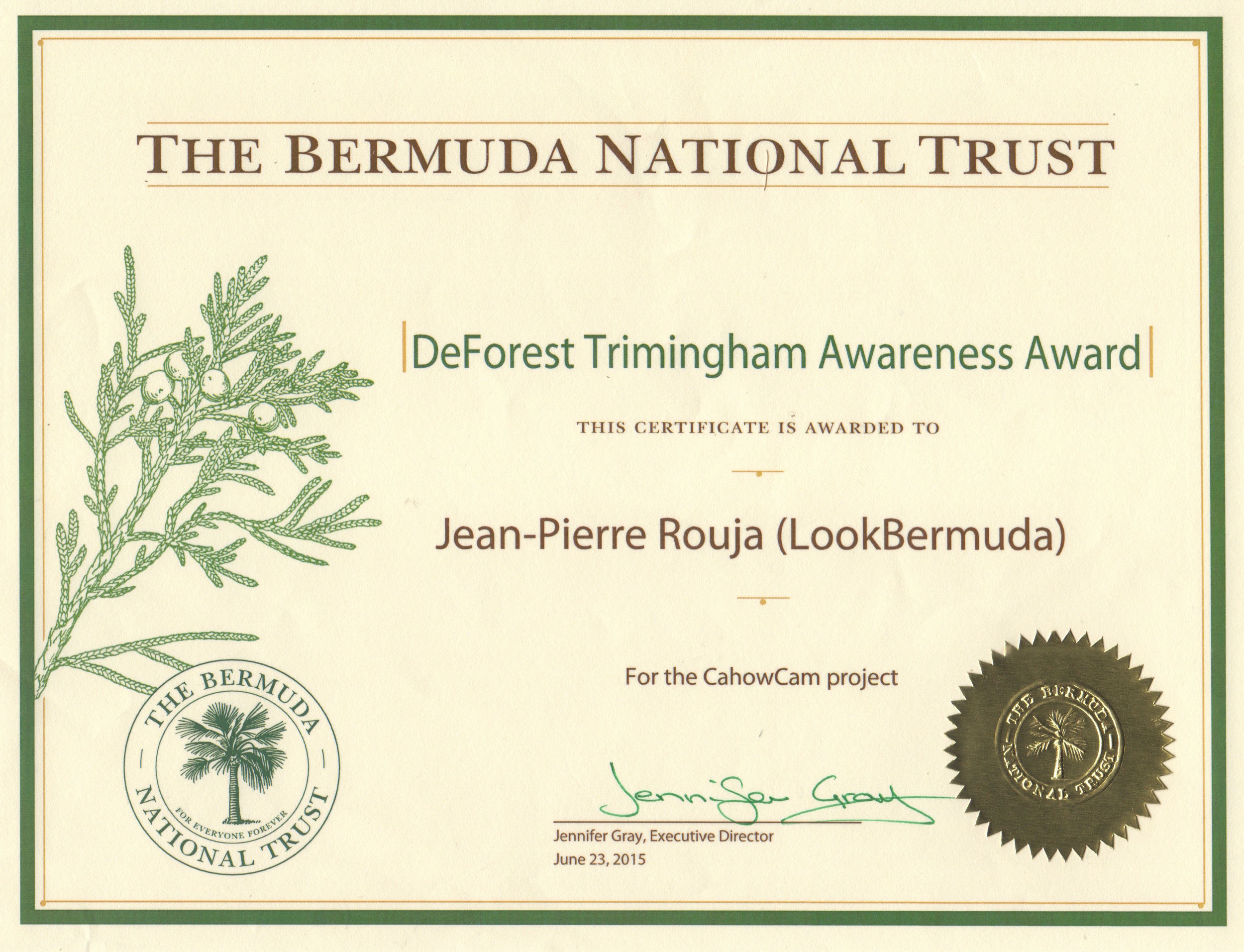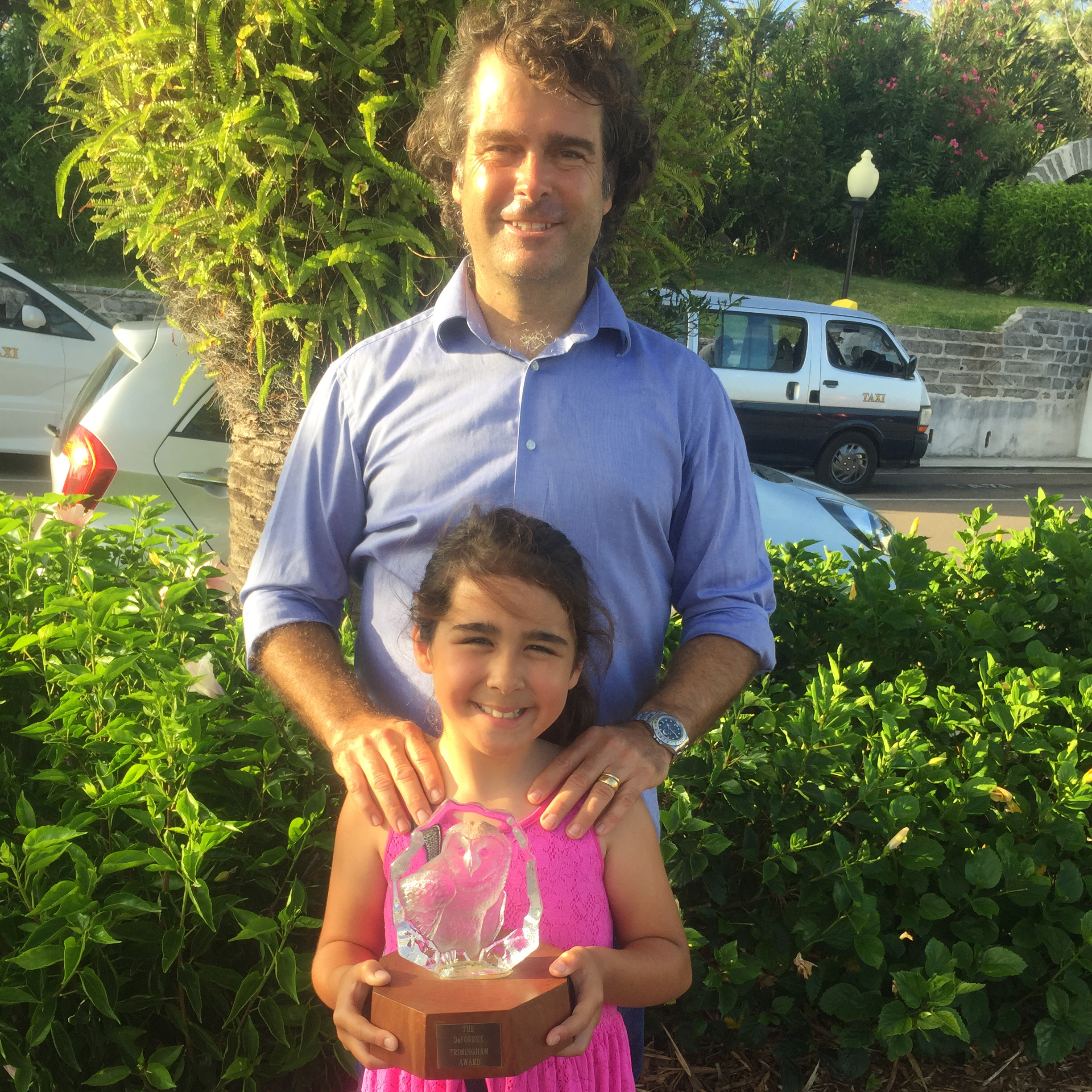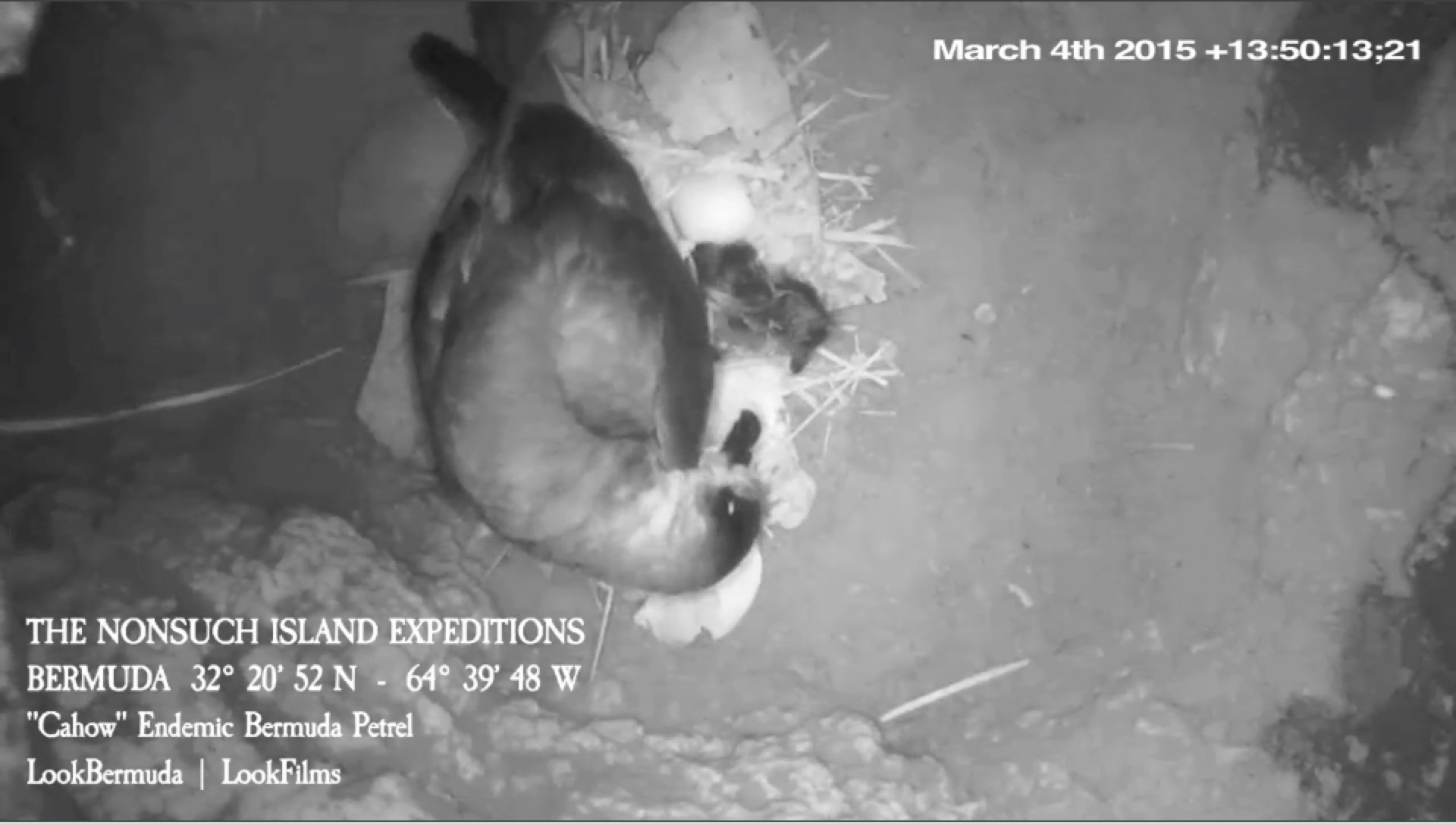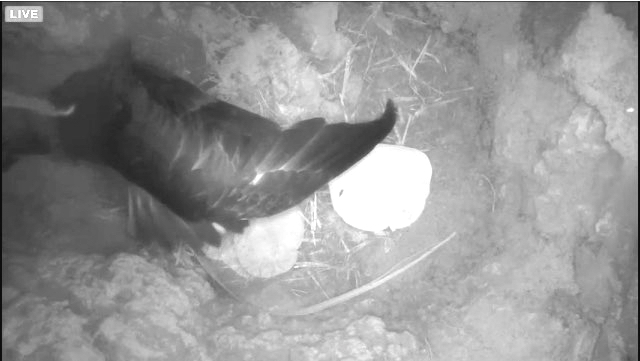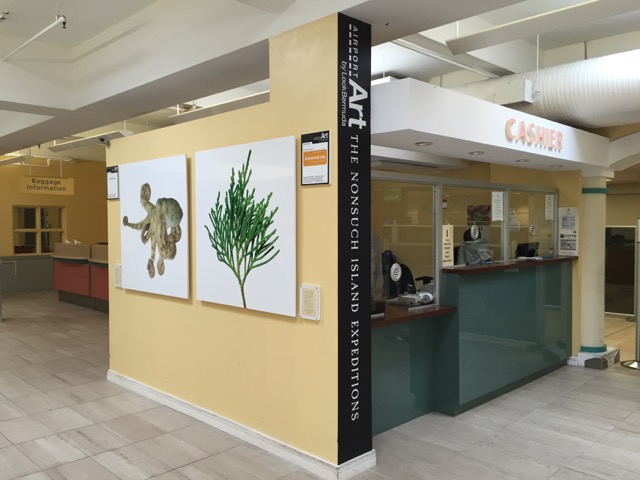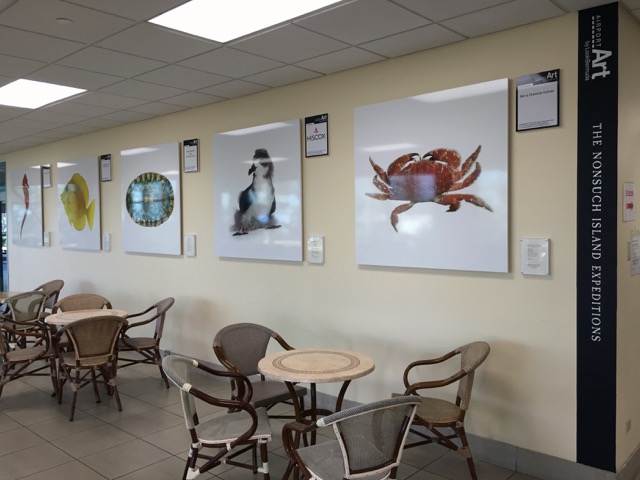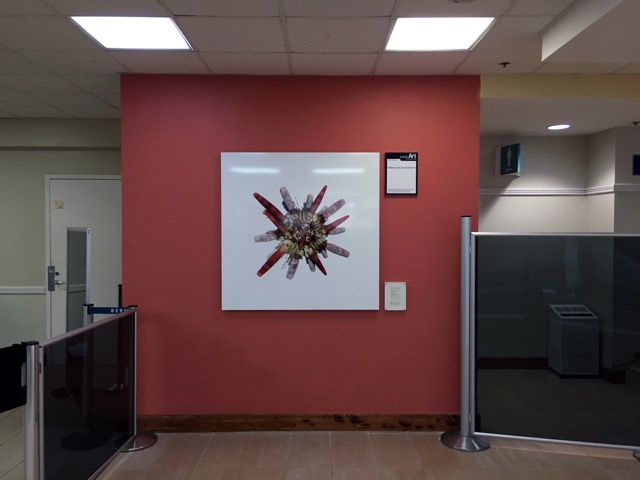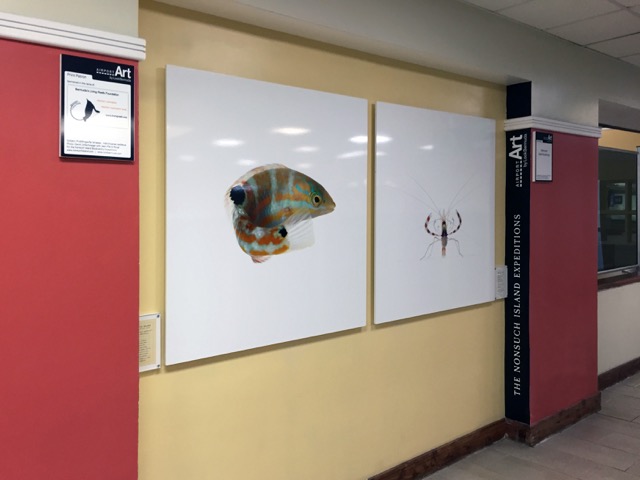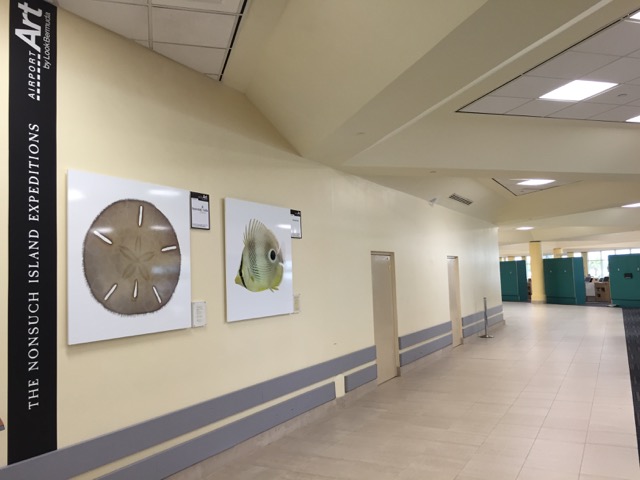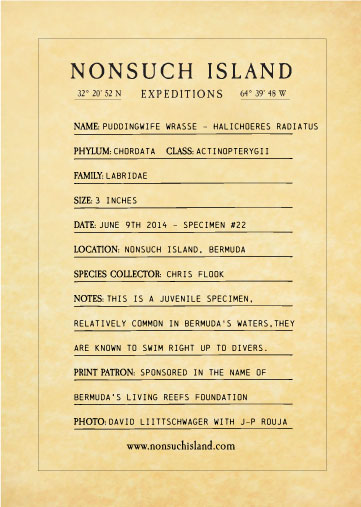The 2016 Cahow Nesting Season is about to begin and is once again being broadcast Live by the award winning CahowCam!
For the first time ever, over the past few weeks, viewers around the world had the opportunity to watch the never before seen underground courtship behaviors of the Cahows, which if all goes well, will culminate in the laying of a single egg in the beginning of January for the official start of the Season, when the stream will go live once again.
The following report was written by: Jeremy Madeiros, Senior Terrestrial Conservation Officer, Cahow Recovery Project Manager, Department of Conservation Services
The "CahowCam" installed in an active Bermuda petrel, or Cahow, nest burrow on Nonsuch Island over the last three years has been very successful so far on two counts:
a) allowing researchers to document previously unknown, or unproven, aspects of behavior and breeding biology; this includes incubation of the egg by the adult Cahows, the hatching of a Cahow chick (the first time that this has ever been captured on video or camera), feeding of the chick by the adults, and behavior of the chick as it grows in the burrow.
b) increasing public outreach and knowledge by live-streaming infra-red video of the behavior and growth of the chick on a website that anyone can connect to over the internet.
So far, though, there is one important part of the breeding calendar of the Cahow that has not been seen from the unique vantage point of the Cahow-cam,and that is the return and courtship phase of the adult Cahows, when they first arrive back at the nesting colony after spending more than 5 months living on the open ocean.
The Cahow is a pelagic seabird, meaning that it spends its entire adult life living on the open ocean, usually well out of sight of land, feeding on squid, fish and shrimp-like organisms. Pelagic seabirds, in fact, do notreally need land for anything except as a place to lay their eggs and raise their chicks, usually on isolated, predator-free islands. Geolocator tags fitted to the legs of a number of adult Cahows from 2009 to 2011 revealed that they usually spend the non-breeding months (June to October) either 2500 miles northeast of Bermuda, near the Azores Islands, or in the area between North Carolina and Nova Scotia. It also revealed that the male and female birds are usually separated by thousands of miles during this time, and probably never see each other except at the breeding colony. Since it is virtually impossible to see normally what is happening inside the deep, pitch-dark nest burrows that the Cahow nests in, the Cahow-cam affords a unique opportunity to unravel this chapter in the life of Bermuda's unique, and critically endangered,National Bird.
For 2015,the CahowCam has been set up in a Cahow burrow on the Nonsuch Island Nature Reserve at the very beginning of the nesting season,and we hope to observe, for the first time, some of the following activity:
- The first return of the adult Cahows; how do they react after not seeing each other for five months?
- Courtship,bonding and mating behavior between the adults;
- Nest-building activity and behavior, and whether it is carried out by one or both birds;
- Any new,or previously undocumented behavior.
This period will last up to early December,when both adults usually start the "exodus" period, returning to sea for 4 to 5 weeks to feed intensively, for the female to develop the egg growing in her,and the male to pack on fat deposits so that he can take on the majority of the egg incubation duties, sometimes going for two weeks or more without food during the lengthy 53-day incubation period until the chick hatches.
The next time we will see the adults is in the New Year, when they return in early January to lay their single large egg and begin the incubation period.
For highlights of the most recent 2015 Nesting Season visit this page.










